China successfully tested the lunar spacecraft escape system.
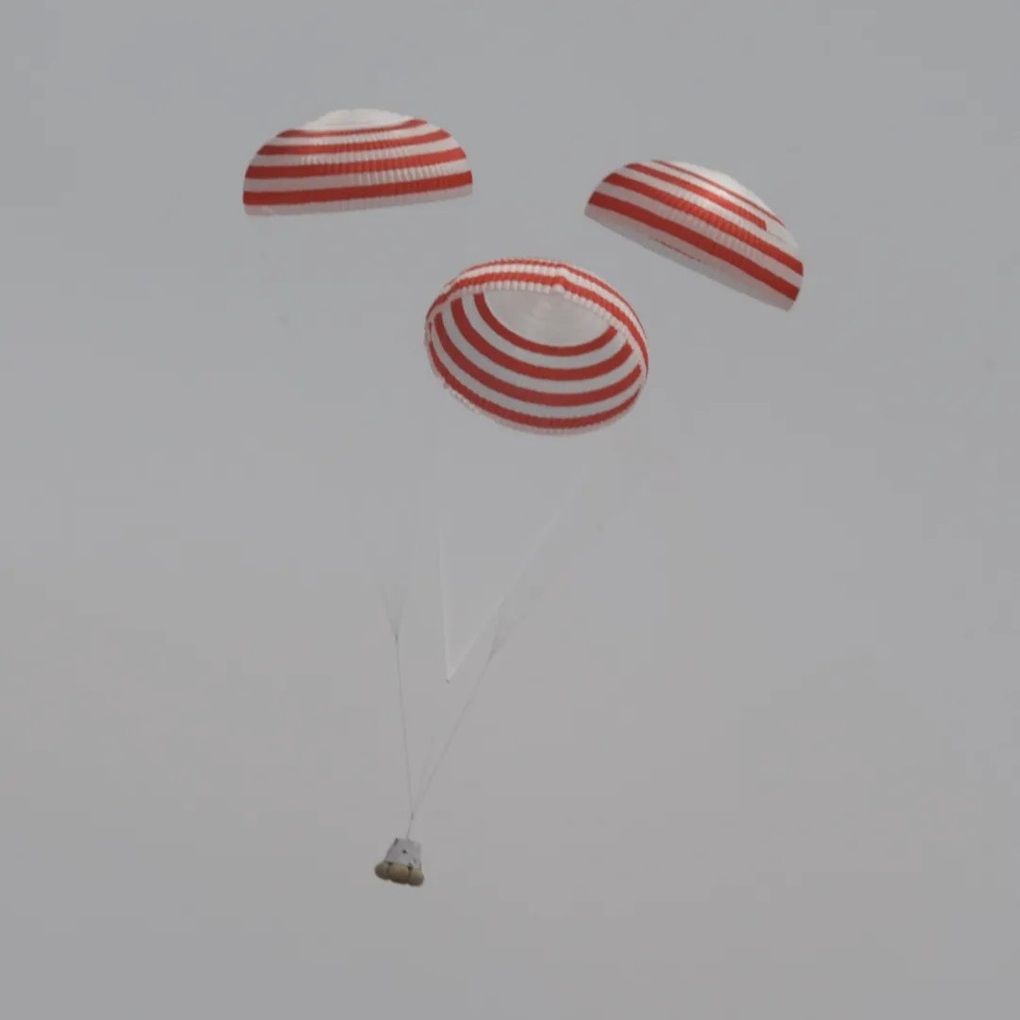
China's Mengzhou spacecraft landed safely during its test on June 17 (Photo: CMSEO).
In a strategic move to realize its ambition of sending humans to the Moon, China has successfully tested the escape and landing system of Mengzhou – a new generation manned spacecraft on June 17.
The test was organized by the China Manned Space Engineering Office (CMSEO) at the Jiuquan Satellite Launch Center in the northwest of the country.
During the test, the Mengzhou spacecraft was not equipped with a rocket, but was launched using a solid-fuel emergency escape system. After the spacecraft left the launch pad for 20 seconds, the three main parachutes and airbag cushions were activated, bringing the system safely to the ground.
CMSEO declared the test "completely successful", showing that the crew protection system of the Mengzhou ship achieved high safety performance.
Emergency escape systems are important technology in manned space programs, helping to protect the crew in the event of a failure during the launch phase, as this is one of the most risky phases of the mission.
This technology has saved the lives of many astronauts, and is a mandatory standard of major space agencies such as NASA, ESA or Roscosmos.
The Orion spacecraft – the main vehicle in the US Artemis mission – also underwent a similar test in 2019. Mengzhou’s completion of this test is an important step towards high-altitude testing and readiness for China’s first manned lunar mission in the next decade.
China speeds up, challenging NASA's lead
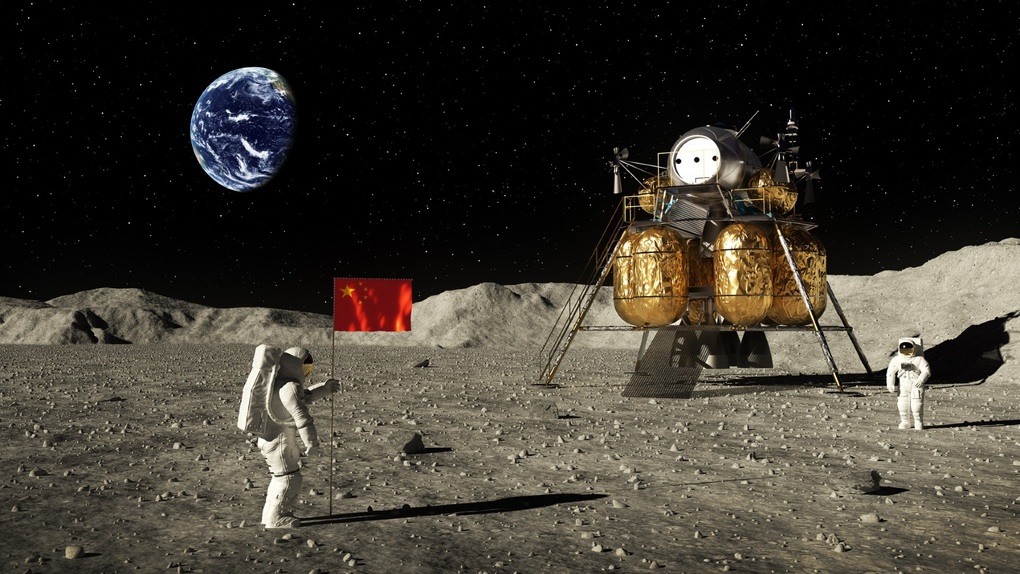
Simulation image of astronauts planting the Chinese flag on the Moon (Photo: Space).
The success of the Mengzhou test is not only of technical significance but also a strategic statement showing that China is becoming an increasingly formidable rival to NASA and other space powers.
In less than two decades, China has made remarkable achievements in the field of manned space exploration , including the stable operation of the Tiangong space station, the successful completion of a series of Shenzhou missions with a high safety record, and recently the Tianwen-1 Mars mission, which made China the second country to successfully land a robot on Mars in just one attempt.
On the Moon, the Chang'e missions made China the first to land a lander on the far side of the Moon (Chang'e 4) and more recently Chang'e 6, which just returned with samples from the south polar region.
In addition, the plan to 3D print building bricks from lunar soil by 2028 also demonstrates the country's long-term vision in establishing a permanent space base.
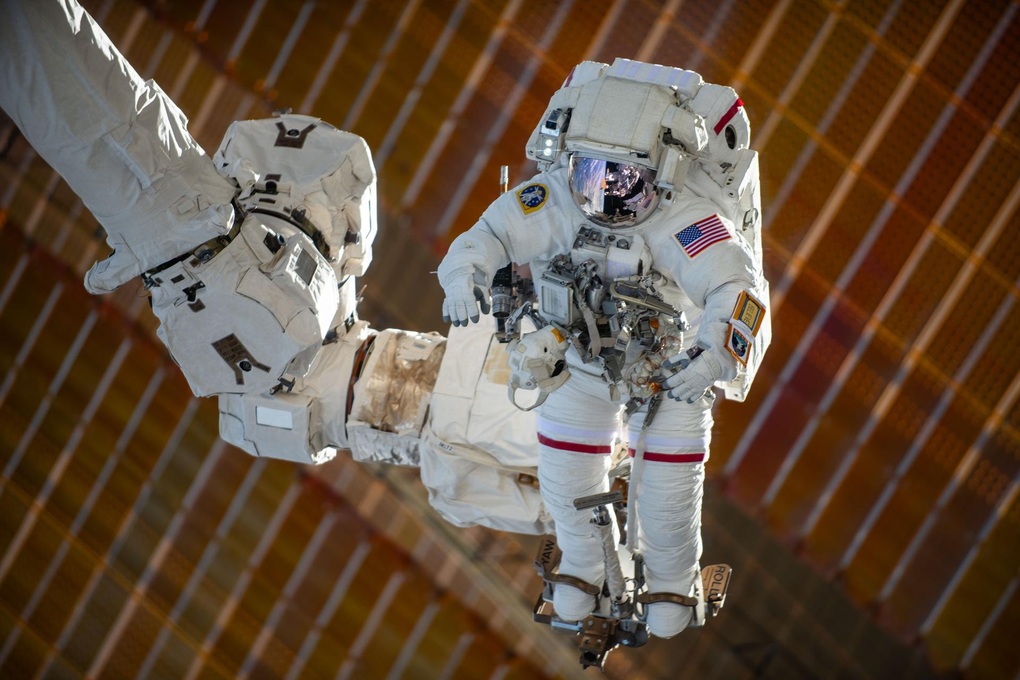
America's position in the aerospace field is being challenged by China (Photo: NASA).
Meanwhile, NASA – which is leading the program to return to the Moon through the Artemis program – is facing many budget difficulties.
The White House's 2026 plan proposes cutting funding for the Orion spacecraft and SLS rocket system after the Artemis 3 mission, raising doubts about the ability to keep up with the 2027 lunar return schedule.
This strategic gap is creating conditions for China to accelerate and get ahead, especially when they simultaneously develop the Long March 10 rocket, the Mengzhou spacecraft, and the Lanyue lander, to complete the technology chain needed for a mission to put humans on the Moon and return them safely.
Space competition is no longer a bilateral US-Soviet race like during the Cold War, but a multipolar strategic-technological confrontation.
There, China, with its strong development model, focusing on investing in large-scale and far-sighted space programs, is gradually creating an independent space exploration ecosystem, threatening the long-standing dominance of the US and the West.
Source: https://dantri.com.vn/khoa-hoc/trung-quoc-tien-gan-muc-tieu-do-bo-mat-trang-thach-thuc-vi-the-cua-my-20250618080713474.htm




![[Photo] Binh Trieu 1 Bridge has been completed, raised by 1.1m, and will open to traffic at the end of November.](https://vphoto.vietnam.vn/thumb/1200x675/vietnam/resource/IMAGE/2025/10/2/a6549e2a3b5848a1ba76a1ded6141fae)







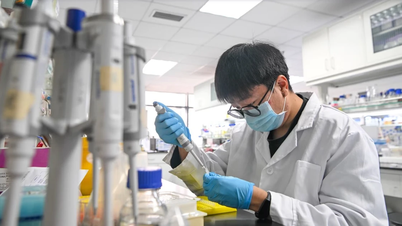

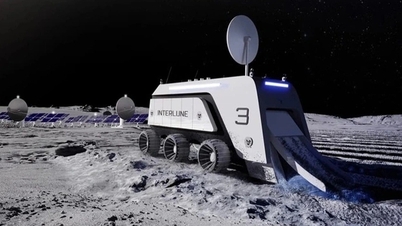
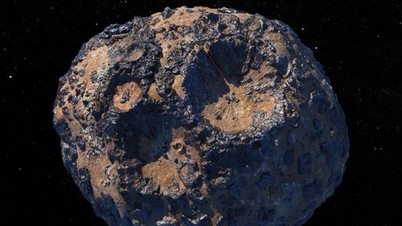






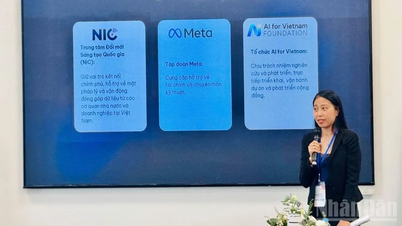


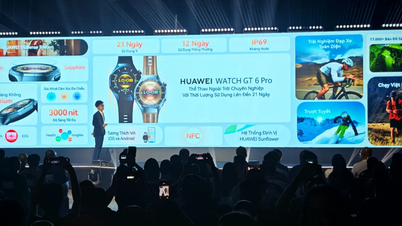






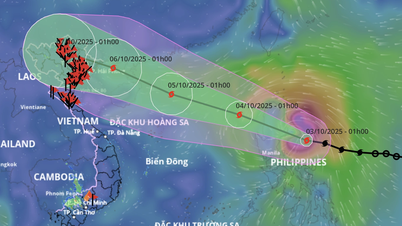
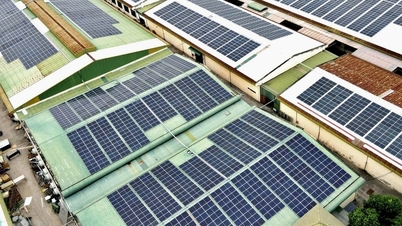
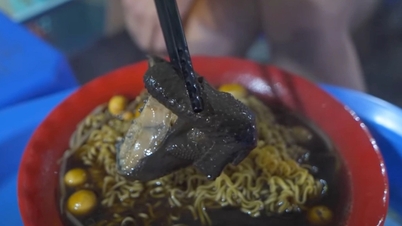






























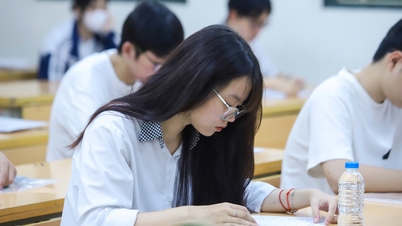






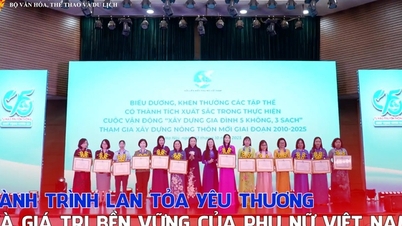








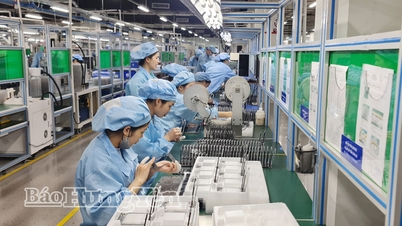

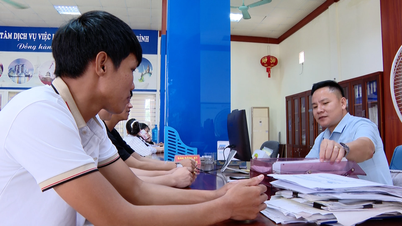

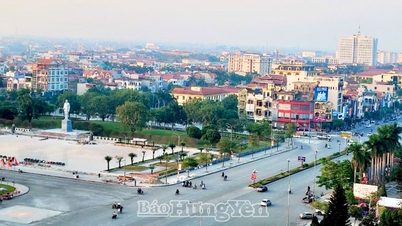
















Comment (0)